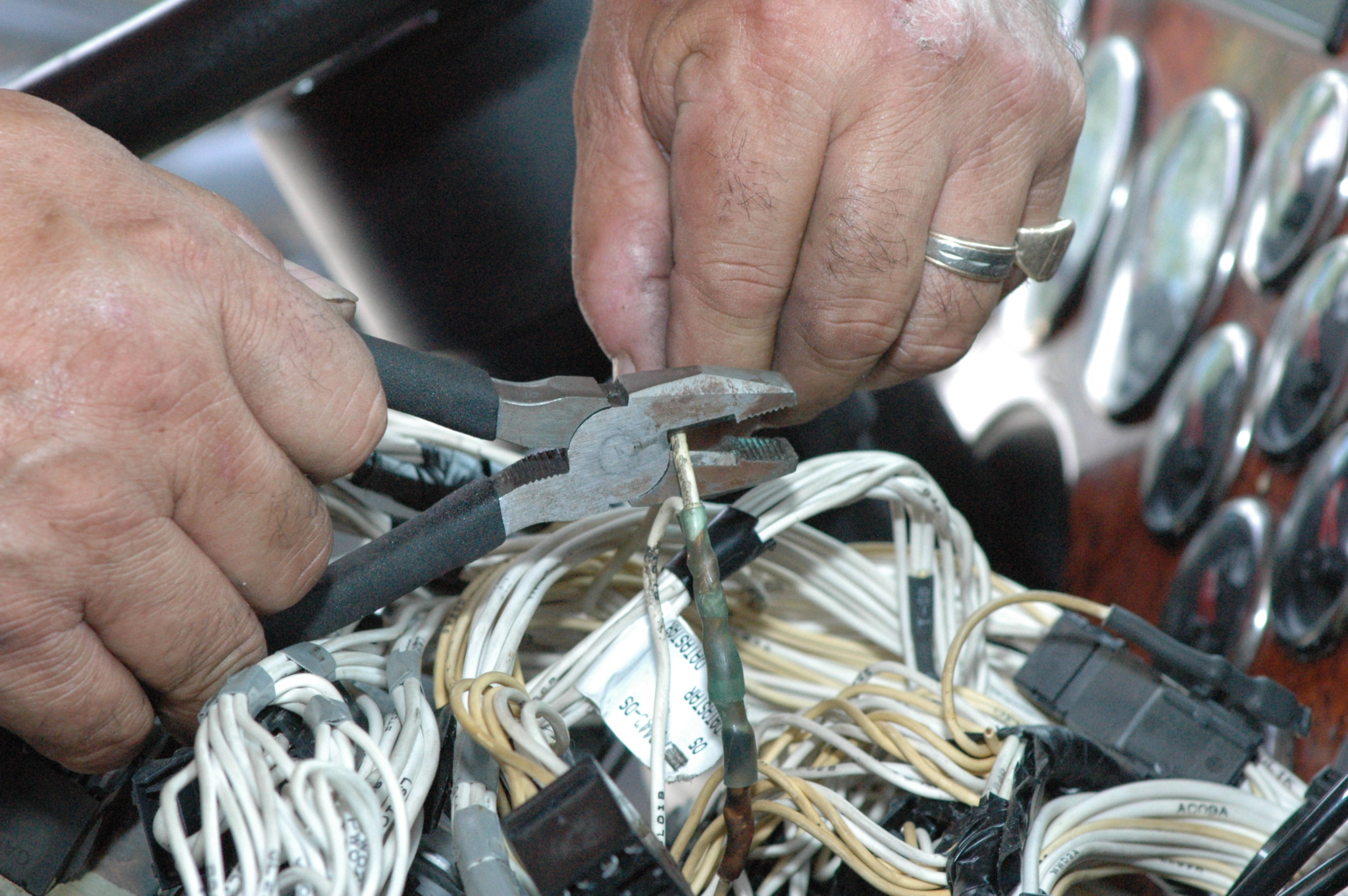Specialized regulatory compliance assistance solutions for peace of mind.
Specialized regulatory compliance assistance solutions for peace of mind.
Blog Article
Leading Tips for Effective Electric System Troubleshooting
Repairing electric systems needs a methodical technique, grounded in a comprehensive understanding of electrical concepts and safety and security protocols. The subtleties of reliable repairing extend past mere technological understanding; recognizing how to record searchings for and focus on security can considerably affect end results.
Understand the Fundamentals
Recognizing the essentials of electric systems is important for reliable troubleshooting, as a solid structure enables technicians to detect and deal with issues more effectively. An extensive understanding of electric principles, such as voltage, current, resistance, and power, is critical in identifying the origin triggers of issues. Voltage is the electric potential difference that drives existing via a circuit, while resistance opposes the flow of existing, affecting the total functionality of the system.
Experience with circuit components, including resistors, capacitors, diodes, and switches over, is additionally critical. Each element plays a distinctive function in circuit habits and can affect efficiency when malfunctioning. In addition, understanding series and parallel circuit setups is essential, as these setups influence the distribution of voltage and present within the system.
Moreover, expertise of safety and security methods is indispensable. Specialists need to understand prospective dangers, such as shock and brief circuits, to carry out secure troubleshooting practices. By mastering these fundamental principles, technicians enhance their capability to carry out effective diagnostics and repair work, eventually resulting in boosted performance and integrity of electric systems. This foundational understanding is the cornerstone of effective troubleshooting undertakings.
Gather Necessary Tools
Reliable troubleshooting of electric systems needs the right set of tools to identify and resolve concerns accurately. Important devices consist of a multimeter, which measures voltage, present, and resistance, permitting for accurate examinations of electrical elements.
In addition, shielded hand devices such as screwdrivers, pliers, and wire strippers are crucial for safely adjusting electric links. It is likewise advisable to have a circuit tester handy to confirm the existence of voltage in outlets and cables. For more complicated systems, a thermal imaging electronic camera can assist identify overheating components, showing prospective failures.

Comply With a Methodical Strategy
Having actually gathered the appropriate devices, the following action in fixing electric systems is to comply with an organized technique. A systematic technique ensures that specialists can identify faults successfully and precisely, reducing downtime and stopping unnecessary repairs.
Begin by examining the system's schematic representations and specifications. Understanding the design and functional specifications will certainly offer context for detecting problems. Next, isolate the problem location by utilizing a process of elimination. This includes monitoring each part systematically, starting from the power source and functioning towards the load.
Use screening tools, such as multimeters and oscilloscopes, to gather unbiased information concerning voltage, present, and resistance at different points within the system. This empirical evidence will certainly lead your troubleshooting initiatives and help to validate or eliminate potential sources of failing.
Additionally, think about ecological aspects that might affect the system's efficiency, such as temperature level changes or moisture ingress. A detailed examination of circuitry, connections, and parts will make certain that all opportunities are made up.
Document Your Searchings For
Detailed paperwork is necessary in the fixing process of electric systems. This practice not only aids in understanding the origin cause of the problem however also offers as a referral for future troubleshooting efforts.

Furthermore, keeping a log of components changed or repair work executed is important. This details sustains inventory monitoring and can aid examine the long life and integrity of details elements.
Inevitably, the paperwork process must be complete yet concise, making it possible for easy access and testimonial - electrical system troubleshooting. By focusing on detailed documentation, technicians can produce a useful knowledge base that not only help in existing troubleshooting but likewise empowers future maintenance efforts, consequently enhancing overall system dependability

Prioritize Precaution
Recognizing the inherent dangers related to electrical systems is critical for making certain safety during troubleshooting. Electrical shock, burns, and tools damage are simply a few of the potential hazards that technicians deal with. Focusing on safety and security steps is not just a legal responsibility yet additionally an ethical important that safeguards technical support for electrical industry both the professional and the surrounding setting.
Prior to commencing any type of troubleshooting job, specialists need to don appropriate personal protective equipment (PPE), including protected handwear covers, shatterproof glass, and flame-resistant clothes. Making sure that the workplace is completely dry and cost-free of mess can dramatically reduce the threat of crashes. It is necessary to de-energize circuits prior to beginning any work, validating that they are not live via the usage of a multimeter or voltage tester.
Establishing clear communication protocols with group participants is likewise important; this guarantees that everyone understands possible dangers and the condition of the electrical system being worked with. Last but not least, having an emergency situation reaction plan in position can verify indispensable in the event of an incident. By focusing on precaution, professionals can successfully mitigate threats and promote a safer work environment.
Conclusion
Reliable electrical system fixing counts on a comprehensive understanding of essential concepts and a systematic approach. Prioritizing safety steps makes sure the health of people involved and the integrity of the electrical system.
Report this page